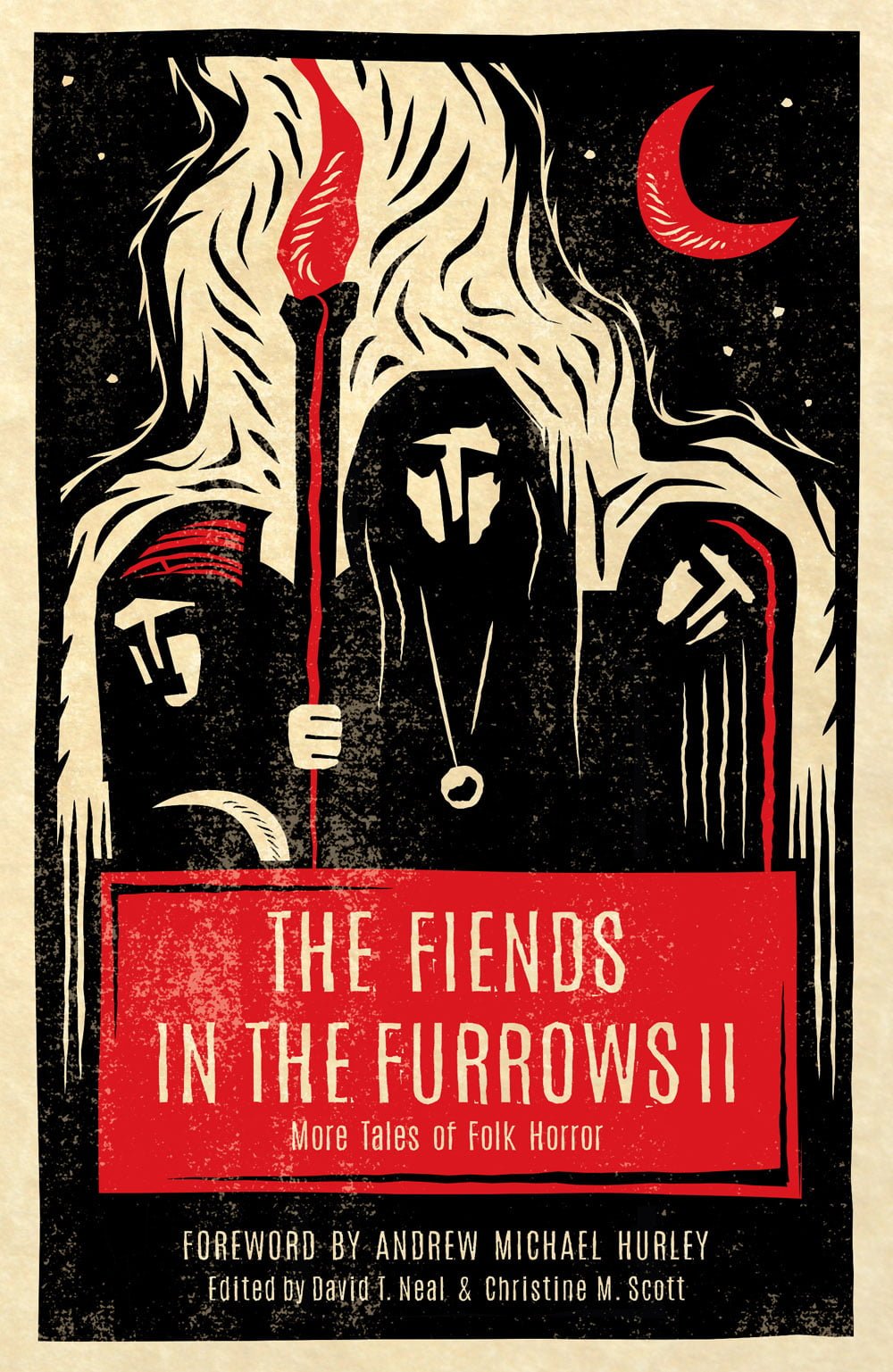AUTHOR SPOTLIGHT: Hazel King

Hazel King lives in Oxford, England. She holds an MA in Creative Writing from the University of Manchester and currently works in a university library to fund her writing habit. This is her first publication.
The Fiends in the Furrows II: More Tales of Folk Horror
“The Hanging Tree and the Old Tom Pit”
The sense of isolation and claustrophobia often present in the genre. The characters often feel trapped – whether by their environment, community or beliefs – and the only way to free themselves is to gnaw off a limb. Their struggles are what make the stories so compelling.
Where did the inspiration for your FIENDS II short story come from?
I grew up in the sort of northern English mining town where my story is set, although the mines were closed before I was born. I can’t remember now where the idea for the hanging dolls came from – it’s one of those ideas that was kicking around in the back of my mind for a long time before it finally took form.
What is your favorite kind of tree, and why?
I’m fond of magnolias in the spring and horse chestnuts in the autumn.
How has the Coronavirus pandemic impacted your writing?
It hasn’t made much difference to me. I already work part time so I can write in the afternoons, and now I’m working from home my schedule is much the same.
What’s next for you, in terms of writing projects?
I’m working on a couple of novels, both of which would fit loosely into the folk horror genre. One is set in the large, sprawling forests of America, where urban legends and conspiracy theories get tangled together, and the other revolves around a coastal English village and the yearly sacrifices that placate the thing that lives in the water there.

THE FIENDS IN THE FURROWS II
THE FIENDS IN THE FURROWS II: MORE TALES OF FOLK HORROR is a collection of short stories of Folk Horror, honoring its rich and atmospheric traditions.
Fans of Folk Horror will find herein more terrifying tales of rural isolation, urban alienation, suburban superstition, pastoral paranoia, as well as mindless and monstrous ritual that epitomize the atmospheric dread of this fascinating and developing subgenre.
FOREWORD BY ANDREW MICHAEL HURLEY
